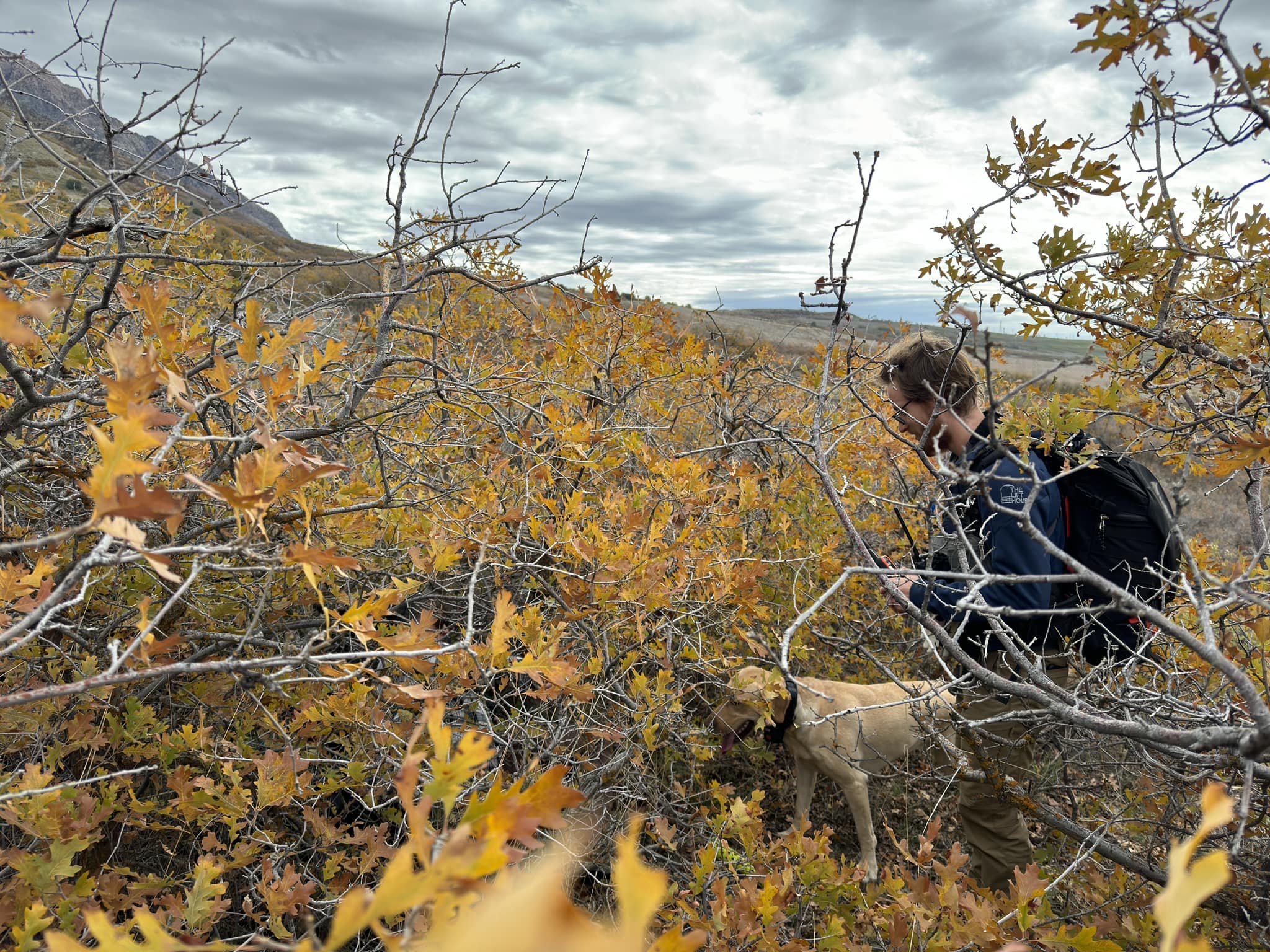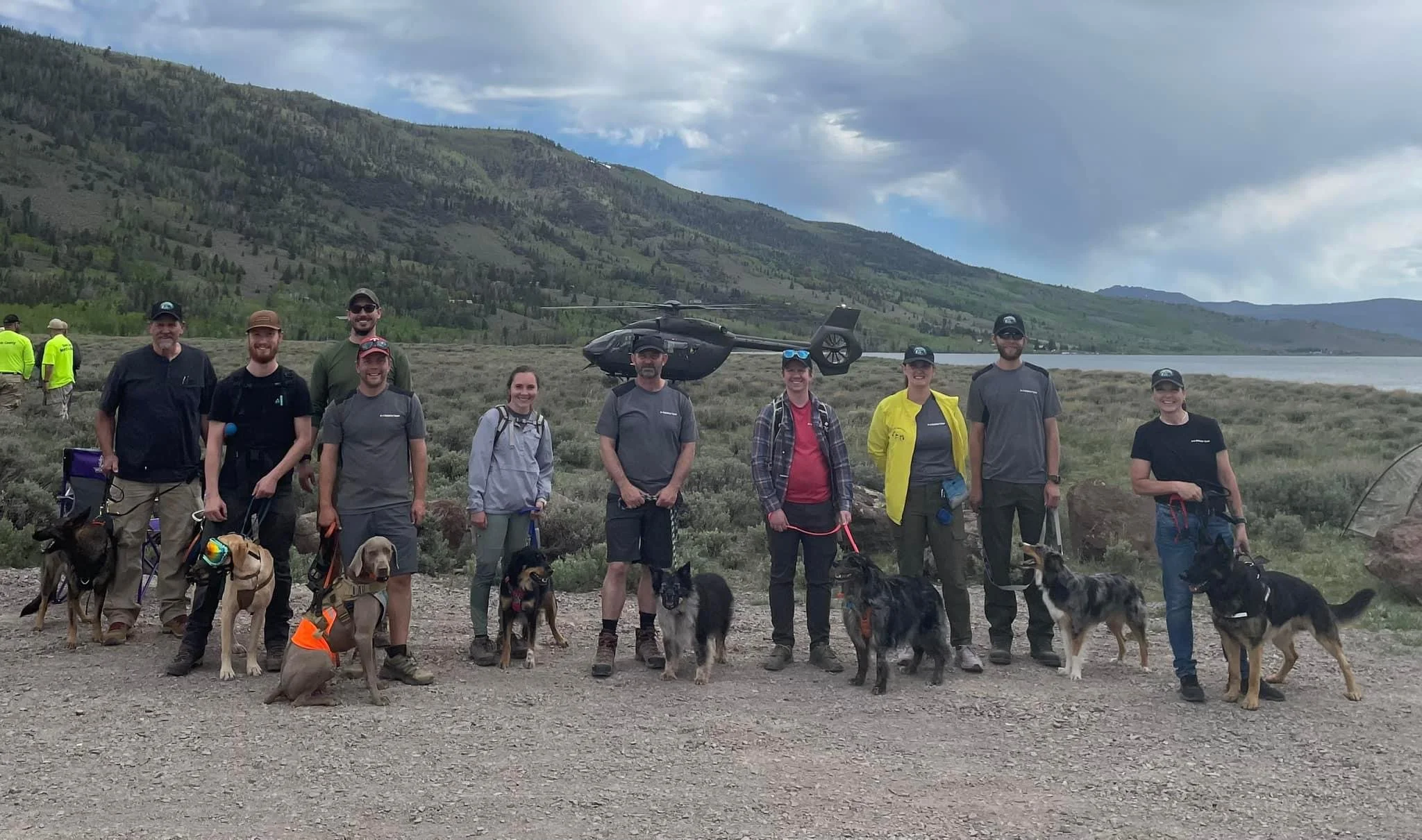
My Design Philosophy
Why Outdoor Product Design
In 2021, I bought Ridge and started Search and Rescue training in the summer 2022. In his early days of training, we had an accident. Ridge was working rigorously, and as the training exercise continued, the temperatures began to climb. Paying attention to my dog, I started to notice signs of overheating and exhaustion. Panting so hard it sounded like gagging, I took Ridge to a nearby stream to cool down.
I was lucky - overheating and exhaustion come quick - and there just happened to be a stream with cold mountain run off not but 200 Meters away from where I was. Scared of the realization my dog would work until he died, I started looking for solutions. I called my vet, talked to my mentors, and did research online. Solutions like “wear less collars” and “bring icepacks” seemed unhelpful. I couldn’t do anything.
Some weeks later, I heard of another dog from a nearby team overheated in-field. It almost died.
Then, in the winter of 2022, fed up of hearing me complain about K9 equipment, one of my friends said “Eric, there is this program at USU. It’s called Outdoor Product Design and Development. If you want better dog products, you’ll need to make them.”
Being in this program isn’t about my love for the outdoors or my dog. It’s about designing the next generation of k9 equipment to increase K9 performance because as it stands, the solutions pertaining to injury reduction are half baked and dangerous at best; malicious at worst. The design emphasis will teach me the means to accomplish this goal.
My design philosophy
Magpul’s foundations started in 1999 to help soldiers with reloading their weapon systems easily. Since then, Magpul has pioneered weapons system accessories such as precision rifle chassis, M-Lok, adjustable stocks, etc. Their design philosophy is a long list of philosophies, many of which I gladly agree with. Two of these philosophies have defined my design process.
Build what they need, not what they want (Magpul)
Innovate or die (Magpul)
Fail forwards, with enthusiasm
Function is form
The reality of design is this:
A problem well stated is a problem half solved. By understanding the problem, you can make a solution based on data-driven analytics, not what some marketing team concluded from half-baked market research.
If the problem you are trying to solve exists, then other people’s attempts have not worked. I try new things, learn, refine, and execute a comprehensive solution.
Failure is not always recessive. It can be productive. By allowing space for failure, we open up a line of communication to “what’s next” instead of “I quit.”
Design is problem solving, which means a solution to a problem is paramount. But, the form that product takes is reflective of its solution. Solutions will always be attractive to people who experience problems the solution fixes comprehensively (especially if the problem is to make a product look more visually attractive).
Ridge and I with the Search and Rescue team we volunteer with doing our first helicopter training session